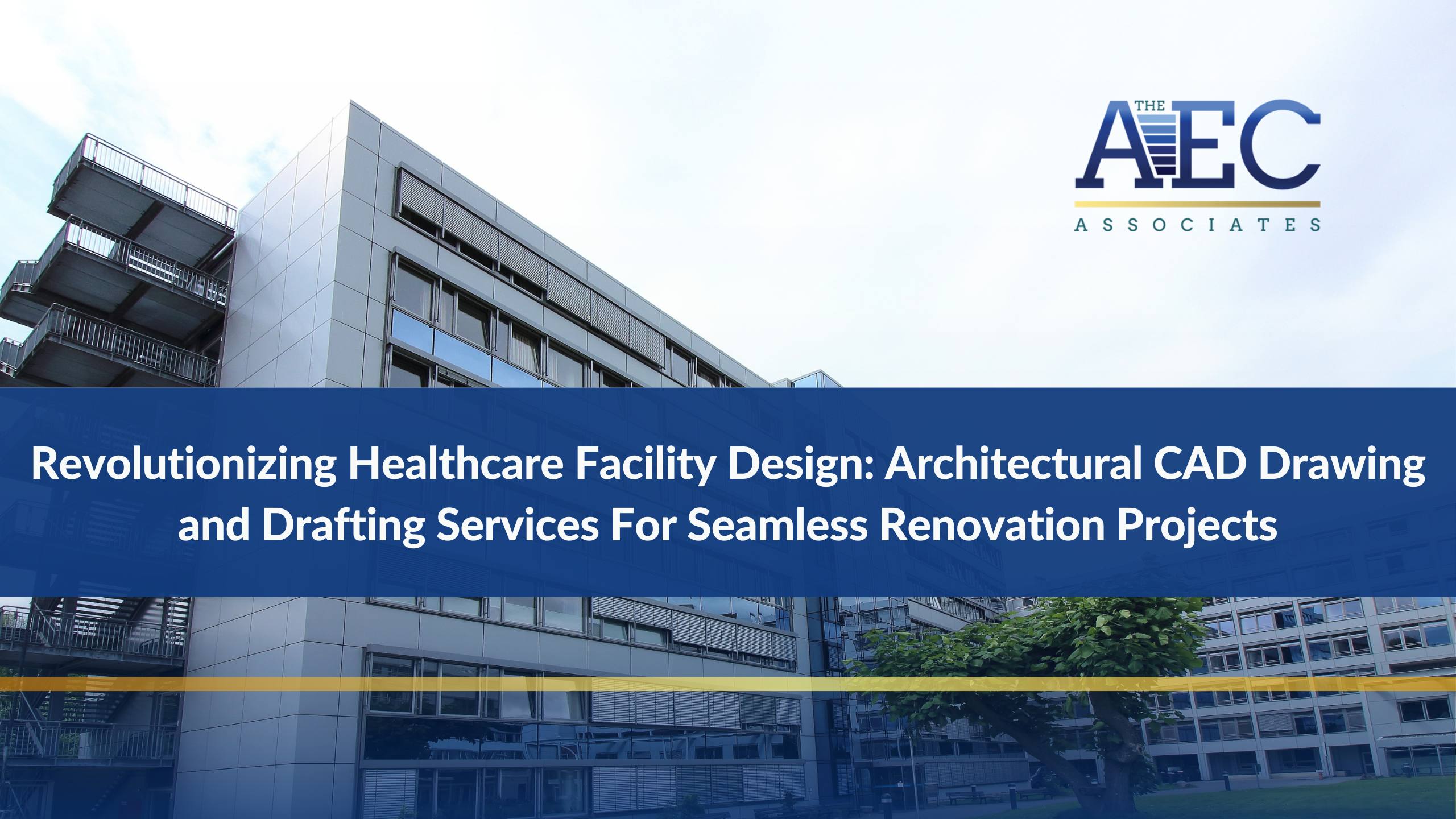
With evolving needs in the field of commercial architecture, top architectural documentation services enable designers to integrate innovation in the design of retail and office complexes to meet the demands of consumers and businesses. As technology continues to advance, Architectural Documentation Services in CAD and BIM help create innovative spaces that fulfill modern-day needs and requirements, besides making these structures stand out in a competitive environment.
Commercial architecture is no longer solely about erecting structures; it’s about crafting experiences and environments that resonate with users. In this context, Architectural documentation services in CAD and BIM play a pivotal role. CAD, with its precision and efficiency, has long been a cornerstone of architectural design and documentation. It enables architects to create detailed drawings and plans with accuracy, facilitating the visualization of concepts and communication among stakeholders.
Use of BIM Modeling services:
As projects grow in complexity and scope, traditional CAD methods may need to catch up to capture the intricacies of design and construction. This is where BIM steps in. Unlike CAD, which primarily deals with 2D representations, BIM offers a holistic approach by creating 3D digital models enriched with data about every aspect of the building’s lifecycle- from design and construction to operation and maintenance.
The integration of CAD and BIM in architectural documentation:
The integration of CAD and BIM in architectural documentation services revolutionizes the way commercial projects are conceived and executed. By harnessing the strengths of both technologies, architects can achieve greater accuracy, efficiency, and collaboration throughout the project lifecycle.
Innovation is the key:
In the domain of retail projects, where consumer preferences and shopping behaviors are constantly evolving, innovation is key. Retail complexes need to be more than just brick-to-mortar structures; they must offer immersive experiences that engage and captivate customers. CAD and BIM enable architects to create spaces that are not only visually attractive but also functional and adaptable to changing market trends.
The power of CAD documentation: Precise spatial planning:
Architects can create detailed floor plans, elevations, and sections with CAD documentation, allowing for precise spatial planning and layout optimization.
BIM Modeling services, on the other hand, provide a comprehensive understanding of the building’s components and systems, facilitating informed decision-making and seamless coordination among project stakeholders. One of the notable advantages of BIM is its ability to simulate real-world scenarios through parametric modeling and analysis. This enables architects to evaluate design alternatives, assess environmental impacts, and optimize energy efficiency, factors that are increasingly prioritized in sustainable retail design.
Data-rich environment:
BIM’s data-rich environment enables seamless integration with other disciplines such as structural engineering, MEP design, and facilities management. This interdisciplinary collaboration ensures that all aspects of the project are meticulously coordinated, minimizing errors and reducing construction costs.
Innovative office interiors:
There is always an emphasis on productivity, collaboration, and employee well-being when designing office complexes, Architectural documentation services in CAD and BIM offer transformative possibilities. Modern offices are evolving beyond traditional cubicles and enclosed spaces, embracing open layouts, flexible work areas, and amenities that foster creativity and teamwork.
Designing functional office layouts:
CAD documentation services provide architects with the tools to design functional office layouts that optimize space utilization and promote efficient workflow. From workstation configurations to circulation patterns, CAD enables architects to fine-tune every aspect of the office environment to enhance productivity and employee satisfaction.
Integrating sustainable design principles:
BIM’s collaborative capabilities facilitate the integration of smart technologies and sustainable design principles into office complexes. By leveraging BIM’s interoperability with IoT devices and sensor networks, designers can create intelligent buildings that adapt to user preferences, optimize energy usage, and enhance occupant comfort.
Efficient facility management:
BIM’s facility management features enable building owners and operators to streamline maintenance activities, track asset performance, and maximize operational efficiency throughout the building’s lifecycle.
Architectural documentation services in CAD and BIM have revolutionized the way commercial projects are conceived, designed, and executed. By harnessing the power of these technologies, architects can create innovative retail and office complexes that meet the evolving needs of consumers and businesses, and in addition, set new standards for sustainability, efficiency, and user experience in the built environment.
Post Views: 264
Discover more from reviewer4you.com
Subscribe to get the latest posts to your email.






